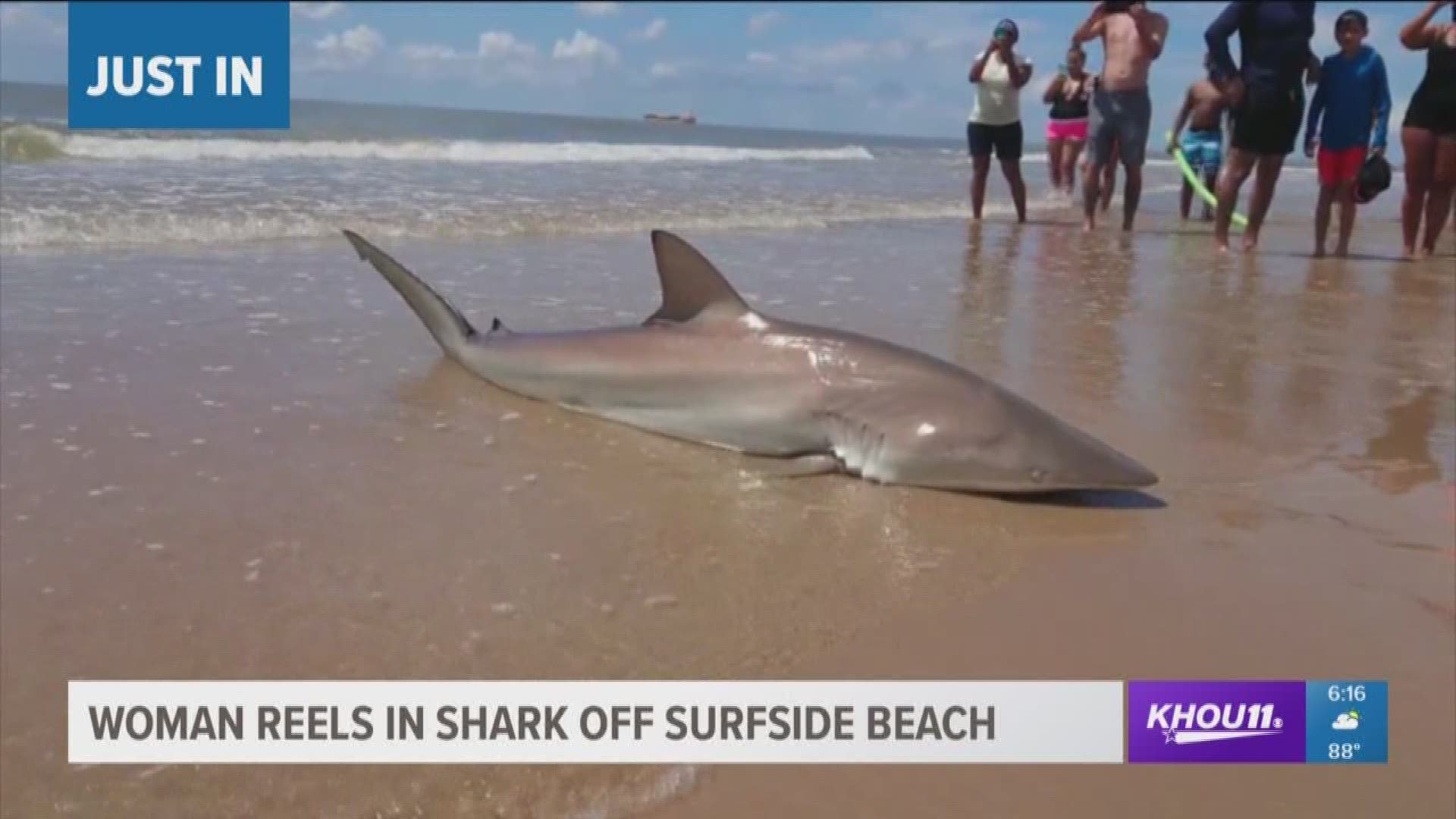Shark Attack Statistics and Trends in Texas

Texas shark attack 2024 – Texas has a relatively low incidence of shark attacks compared to other coastal states in the United States. However, attacks have occurred, and understanding the patterns and trends can help prevent future incidents.
The recent Texas shark attack of 2024 has sent shockwaves through the coastal communities. While the waters may seem calm now, it’s important to remember the destructive force of nature. Just as the hurricane in Texas left its mark, the potential for another shark attack remains a threat.
We must stay vigilant and take necessary precautions to ensure the safety of our shores.
Since 1837, there have been 34 confirmed shark attacks in Texas waters, resulting in 13 fatalities. The majority of attacks have occurred in the Gulf of Mexico, with Galveston and Brazoria counties accounting for the highest number of incidents.
Seasonal Patterns
Shark attacks in Texas are more common during the summer months, particularly between May and September. This coincides with the period when water temperatures are warmest and people are more likely to be swimming, surfing, and engaging in other water activities.
Geographical Distribution
Most shark attacks in Texas occur along the coast, with the highest concentration in the Galveston area. This is likely due to the presence of a large population of blacktip sharks, which are known to be more aggressive than other shark species.
In the aftermath of the harrowing Texas shark attack of 2024, many are wondering when Hurricane Beryl is supposed to hit Texas. The hurricane is expected to make landfall in the Gulf Coast within the next few days, bringing with it high winds and heavy rainfall.
The storm’s path is still uncertain, but it is important to stay informed and take necessary precautions. For the latest updates on Hurricane Beryl, visit when is hurricane beryl supposed to hit texas. As we navigate the potential impacts of the hurricane, let us also remember the victims of the shark attack and offer our support to their families.
Contributing Factors
- Water temperature: Warmer water temperatures attract more sharks to coastal areas.
- Human activity: Swimming, surfing, and other water activities increase the likelihood of encountering sharks.
- Shark population: The presence of a large population of sharks in an area increases the risk of attacks.
- Environmental factors: Changes in water clarity, salinity, and turbidity can affect shark behavior and increase the risk of attacks.
Species of Sharks Involved in Texas Attacks: Texas Shark Attack 2024

Texas waters are home to various shark species, but only a few have been responsible for attacks on humans. These include the bull shark, tiger shark, great white shark, and blacktip shark.
These species share certain characteristics that contribute to their involvement in attacks. They are all relatively large, powerful predators that inhabit coastal waters and estuaries where humans are likely to swim, surf, or engage in other water activities.
Bull Shark, Texas shark attack 2024
- Average length: 7-11 feet
- Weight: 200-500 pounds
- Habitat: Coastal waters, estuaries, rivers
- Behavior: Aggressive, territorial
- Reason for attacks: Misidentification of humans as prey due to poor visibility in murky waters
Tiger Shark
- Average length: 10-18 feet
- Weight: 800-1,400 pounds
- Habitat: Coastal waters, open ocean
- Behavior: Opportunistic, scavengers
- Reason for attacks: Curiosity, mistaken identity, or attraction to blood
Great White Shark
- Average length: 11-18 feet
- Weight: 1,500-4,000 pounds
- Habitat: Coastal waters, open ocean
- Behavior: Solitary, ambush predators
- Reason for attacks: Mistaken identity, territorial behavior
Blacktip Shark
- Average length: 5-7 feet
- Weight: 100-200 pounds
- Habitat: Coastal waters, estuaries
- Behavior: Social, curious
- Reason for attacks: Curiosity, mistaken identity
Prevention and Mitigation Strategies

Texas has implemented various prevention and mitigation strategies to reduce the risk of shark attacks. These include public education campaigns, beach patrols, and the use of technology to monitor shark activity.
Public education campaigns aim to raise awareness about shark behavior and safety measures. Beach patrols monitor beaches for sharks and swimmers, and can evacuate swimmers if necessary. Technology, such as drones and sonar, is also used to detect sharks and alert beachgoers.
Effectiveness and Areas for Improvement
These strategies have been effective in reducing the risk of shark attacks in Texas. However, there is always room for improvement. One area for improvement is increasing the frequency of beach patrols, especially during peak tourist seasons.
Another area for improvement is the use of technology. While drones and sonar are effective in detecting sharks, they can be expensive to operate. Exploring more cost-effective technologies could help expand the use of technology in shark detection.
Recommendations for Enhancing Public Safety
To further enhance public safety and reduce the likelihood of future attacks, the following recommendations are made:
- Increase the frequency of beach patrols during peak tourist seasons.
- Explore more cost-effective technologies for shark detection.
- Educate the public about shark behavior and safety measures.
- Provide lifeguards with training in shark attack response.
- Develop a statewide shark attack response plan.